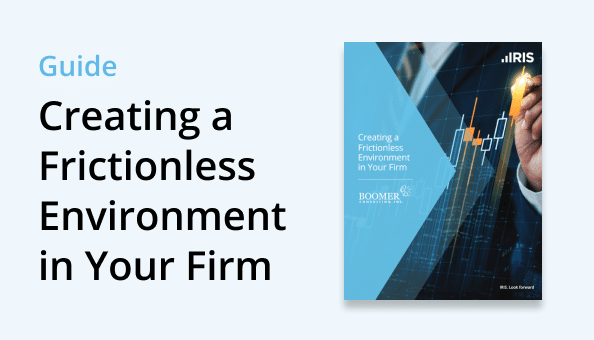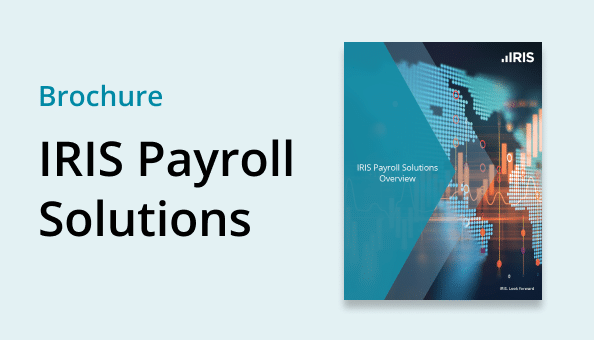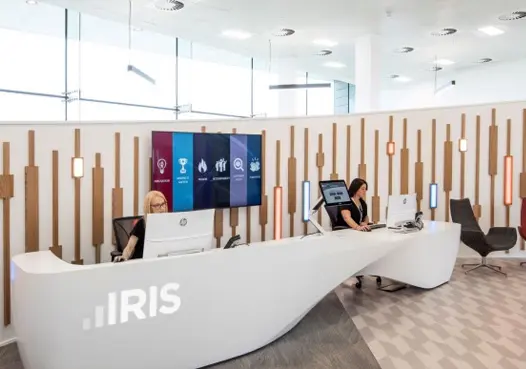BLOGS
Single Trigger vs Double Trigger Accelerated Vesting and Its Impact on Employee Retention

During a merger or acquisition (M&A), the exact moment a deal is agreed and confirmed can be an exciting, albeit challenging time, especially for those involved in overseeing the delivery of a M&A.
At the point of sale, if laid out contractually, eligible employees may receive an accelerated pay-out of stocks or shares in a process known as accelerated vesting. This often has large implications on employee retention and satisfaction in a M&A deal, and can greatly impact the success and continuity of a company post-transaction. In accelerated vesting there are two types of provision: single or double trigger.
In this blog, we will cover the differences between the two, looking at the impact each option has on the employee, the company and potential acquirers involved in the lifecycle of a sale. We also explore the role of HR in assisting the process of accelerated vesting and employee retention, which run parallel to create a positive outcome for all parties involved.
What Is Accelerated Vesting In M&A?
Accelerated vesting is the point at which the “vested” stock options become available earlier than contractually agreed.
In M&A, this process often happens at the point of completion to reward the employees who have been involved up-to and with the M&A.
Vested stock is often issued as an incentive to employees, especially key management or early employees of a company. Stock is commonly released at milestone events, such as a significant employee anniversary in a company or a turnover goal. These vested agreements must be set out in contract and employment negotiations, as they will have future tax implications for both the company and the employee.
Single Trigger Acceleration
Single trigger acceleration is simply an individual event that makes the vested stock options immediately available for pay-out. This single trigger must be contractually agreed, and is most commonly released on the completion of the M&A.
Benefits of Single Trigger Acceleration
For investors and companies involved in the M&A deal, there are no major benefits for a single trigger acceleration.
The main benefits lie with the employee as it gives them a substantial stock pay-out and the flexibility to leave at the point of acquisition if they wish to do so, as well as no ties to the company in the form of vested stock.
However, this type of acceleration is common with strategic partners and board members that have come in to assist in the M&A lifecycle as this aligns their incentives with the end goal, or the successful completion of a deal.
Cons of Single Trigger Acceleration
Investors tend to avoid deals with single trigger acceleration as the risk of large numbers of employees leaving post acquisition is high. There is also a need for the new company to re-negotiate high quality benefits plans that will entice key employees to stay with the company if their vested stock has paid out in full.
The additional cost of either new employee acquisition or a comprehensive and competitive benefits plan is often the cause of a reduction in purchasing price or increasing the post-deal closing cost, which is already a tricky field to negotiate, both financially and in terms of employee relations.
The Impact of Single Trigger on Employee Retention
Single trigger acceleration often has a greater impact on employee retention, as the benefits and any future vested stock must be re-negotiated after a pay-out. If fully vested, the employee no longer has ties with the company, and they may choose to exit.

Double Trigger Vesting Acceleration
More commonly used with key employees who are essential to business continuity, double trigger acceleration requires two conditional clauses to be fulfilled before the acceleration can complete.
These are most often the completion of a M&A deal, and the involuntary termination of an employee. Once these two clauses are complete, the acceleration happens, and the stocks or shares are paid out.
Benefits of Double Trigger
By negotiating double trigger acceleration with core employees, acquirers are less at risk of losing key, influential personnel upon deal completion.
For the employee, it guarantees more protection as the cost of paying out stocks and shares to all employees immediately will be high. There is potential for greater job security.
The real benefit to double trigger acceleration lies more with the investors or acquirers than it does with employees who wish to leave the company, but do not want to lose their vested shares.
Drawbacks of Double Trigger
For an employee, they may lose their accelerated vested shares if they are terminated before a deal goes through, or if the “change of control” ends up falling through. This can cause dissatisfaction in key employees, and ensuring you have adequate HR consultants on hand to oversee the completion of a deal is key. You can limit disappointment by ensuring the successful delivery of an M&A.
There are also many negotiations and specific clauses that must be attached to ensure any potential loopholes are avoided. This might include intentional performance issues to access vested stock early.
Double Trigger and Employee Retention
Double trigger is often better for employee retention, as the two requiring clauses cannot be completed individually and instead both must be met. If only one is completed, then the employee retains their stock options and is still invested in the success of a deal.
It is important to negotiate this correctly, as involuntary termination years after the deal can result in greater pay-outs. If no sundown clause has been put in place, a larger vested stock or share pay-out may be inevitable.
Which is Better, Single Trigger vs Double Trigger?
Both options have benefits and ramifications for all involved in the lifecycle of an M&A deal. Single trigger is better suited for those in deal-related positions, whose role is dependent on the ongoing success of a deal, and then is less effective afterwards. Double trigger is more suited to roles that are key to business continuity aspect post-deal completion.
The Role of HR in Vested Acceleration
Throughout your M&A, HR will play a key role in ensuring the continuity, employee relations and many more aspects of your M&A. Whether preparing for a Reduction In Force (RIF) or creating a culture blend plan, having expert HR on your side is key to the success of an M&A.
Vested stock and share acceleration must be carefully managed by HR to ensure that each employee is awarded fairly, and also that they feel satisfied with the process. If you are hiring new employees through an M&A, then contract negotiations to ensure the correct kind of trigger is key to guaranteeing staff satisfaction and that the correct pay-out happens.
Why not speak to the experts at IRIS FMP, who have years of combined experience across a variety of complex M&A projects, including international M&A, de-mergers and more.












